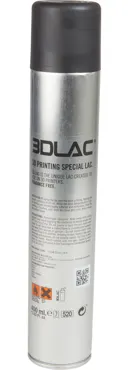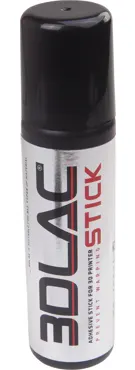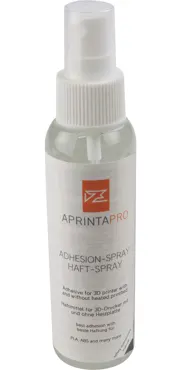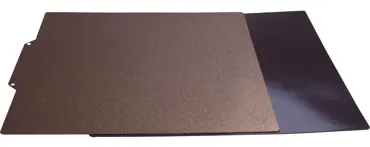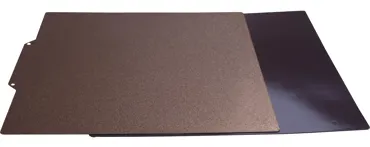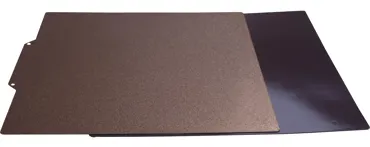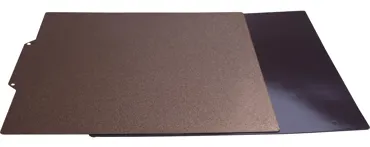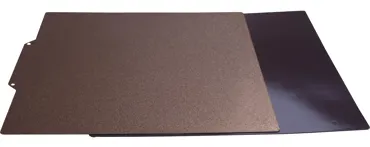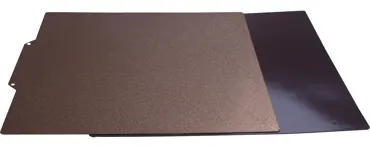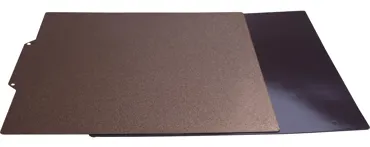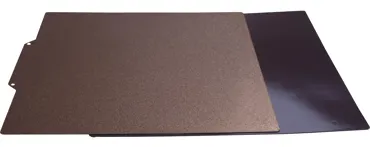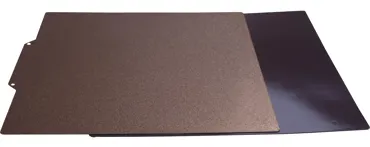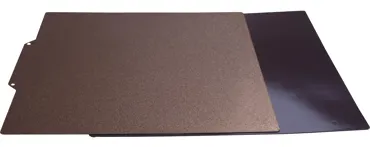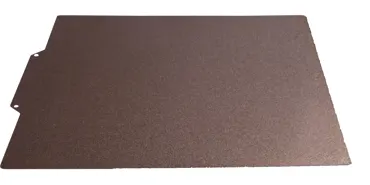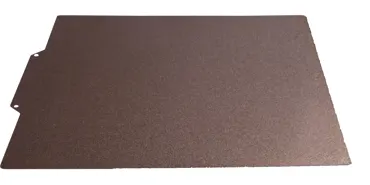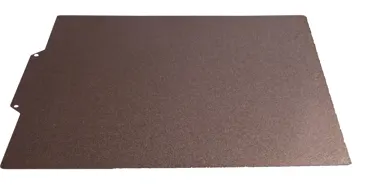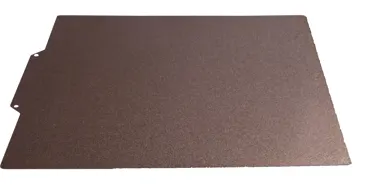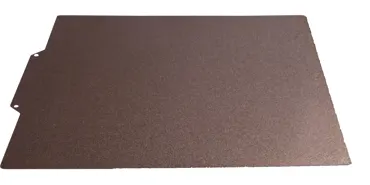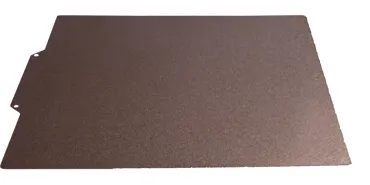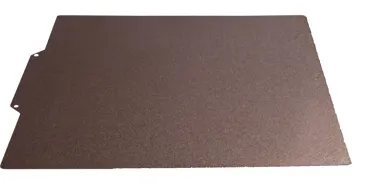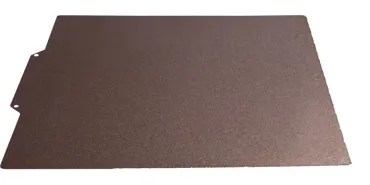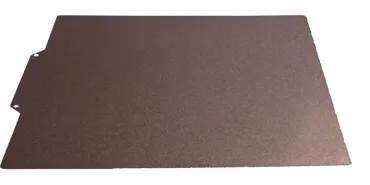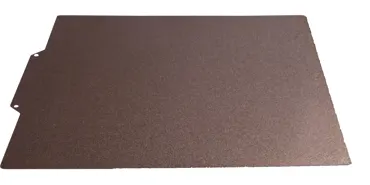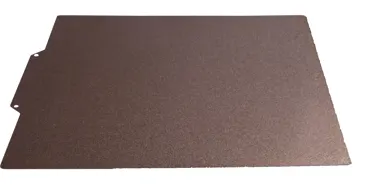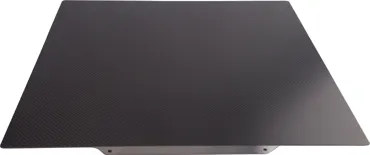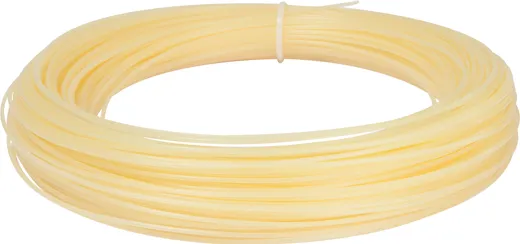
Filament Gellay 505 1.75mm
CHF 34.45 incl. VAT


Properties of Gellay 505 from the plastic family Spezial
Ideal for printing underwater objects or flow simulations. It is an experimental filament. It comes directly from the inventor Kai Parthy who developed Gellay 505 specifically for 3D Printers. After printing, the material is stable, not elastic but bendable. In order to preserve the jelly-like property, the object must be rinsed in warm tap water for 1 to 4 days. If you wash out the PVA (polyvinyl alcohol) filling material after printing, the microporous base material remains. Since the filament is microporous, the pores are not visible to the naked eye. It is an experimental filament with no support from the manufacturer.
Advantages
All components are harmless and food safe.
You can print objects for the water
Disadvantages
Takes time to wash out
Printability
| Printing temperature mm/s | 225 - 235°C |
|---|---|
| Temperature Printbed | 75 - 85°C |
| Level of difficulty | difficult |
| Surface | Normal |
| Possible nozzles | copper, hardened Steel, ruby, stainless steel |
| Adhesion types | 3DLac Adhesion spray, PrintaFix, Spring steel plate PEI |
Variants
| Item no. | M01198016.025-3 |
| Barcode | M01198016.025-3 |
| Manufacturer | LAY |
| Diameter | 1.75mm |
| Plastic type | Gellay 505 |
| Color | Transparent |
| Special properties | Experimental, Deformable / flexible |
| Level of difficulty | difficult |
| Surface | Normal |
| Country of origin | European Union, Germany |
| Filament Packaging | Without Spool |
| Plastic family | Spezial |





